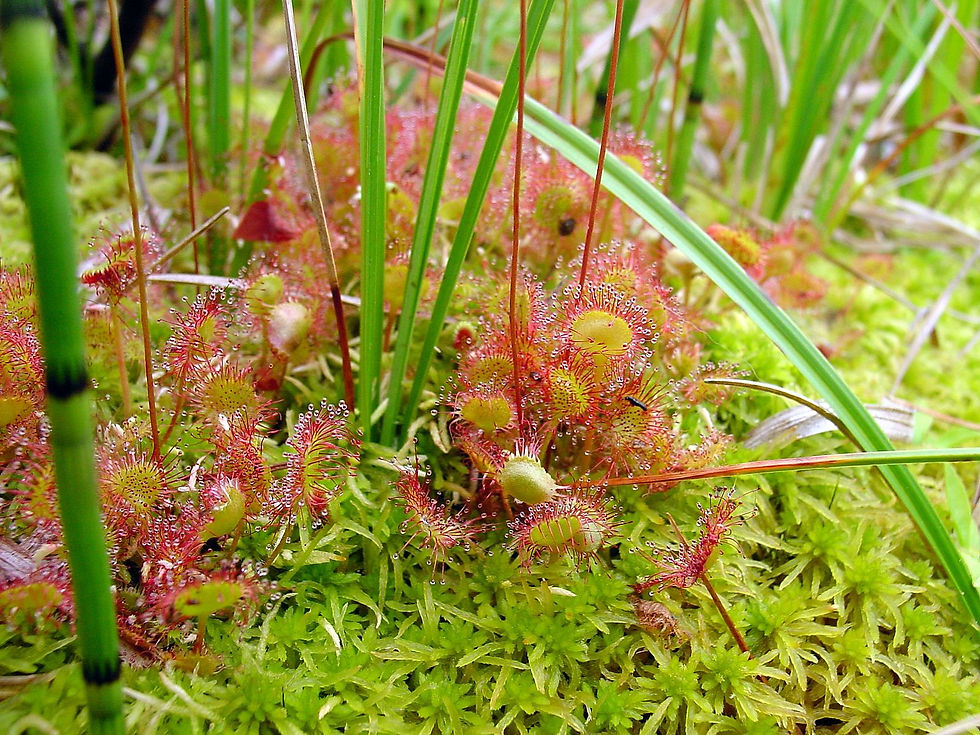Viola pedata
Birdsfoot violet. This cute-as-can-be plant with a cute-as-can-be name is an important source of nectar for mid-spring pollinators.
Birdsfoot violet leaves have deeply divided lobes which gives the leaves the appearance of bird’s feet. It is known as the “queen” of the violets because of its outstanding flower colors, pale blue-violet to dark purple-violet, and interesting leaves. The lower petal of each flower is alight with thin violet lines that are nectar guides to incoming pollinators, like helping to land aircraft!
Viola pedata thrives in well drained, dry soils. It will tolerate some light shade and moisture but it does not tolerate rich garden soils nor excess moisture. The biggest threat to the success of Viola pedata in a garden setting is crown rot from poorly drained soil. This is not the easiest of plants to grow, but well worth it.
The flowers of Viola pedata attract long-tongued bees and small butterflies. Birdsfoot violet is the host plant for several Fritillary butterflies and their caterpillars.
- Fun fact: Viola pedata seeds are are propelled several inches from the mother plant. Then are spread through “myrmecochory" which means its seeds are carried off by ants where they are effectively planted by these tiny gardeners.
- Use: Young leaves and flowers are edible - raw or cooked. Lovely in a salad or used to decorate a cake.
Plants can be purchased in-person or online (with in-person pick-up).
All online orders will be ready for pick-up 24-72 hours after purchase. You will receive an email to let you know when your order is ready. We kindly ask that you pick-up any orders within one week of purchase.
Photos courtesy of Dan Wilder
Viola pedata (Birdsfoot violet)
type: herbaceous perennial sun needs: full sun, part sun/part shade water needs: dry, average height: 3" plant spacing: space 4/sq ft bloom time: April, May, June bloom color: purple

.png)















